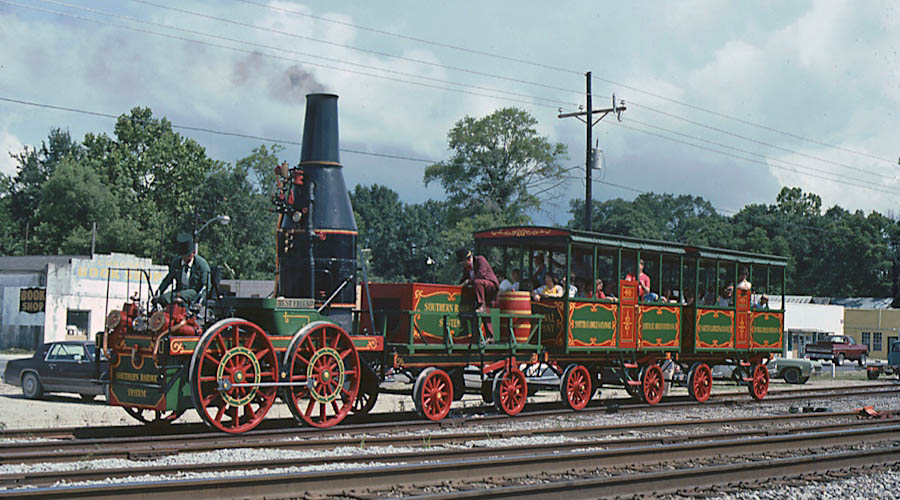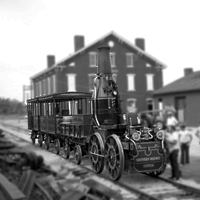 |
Southern Railway "Best Friend of Charleston" |
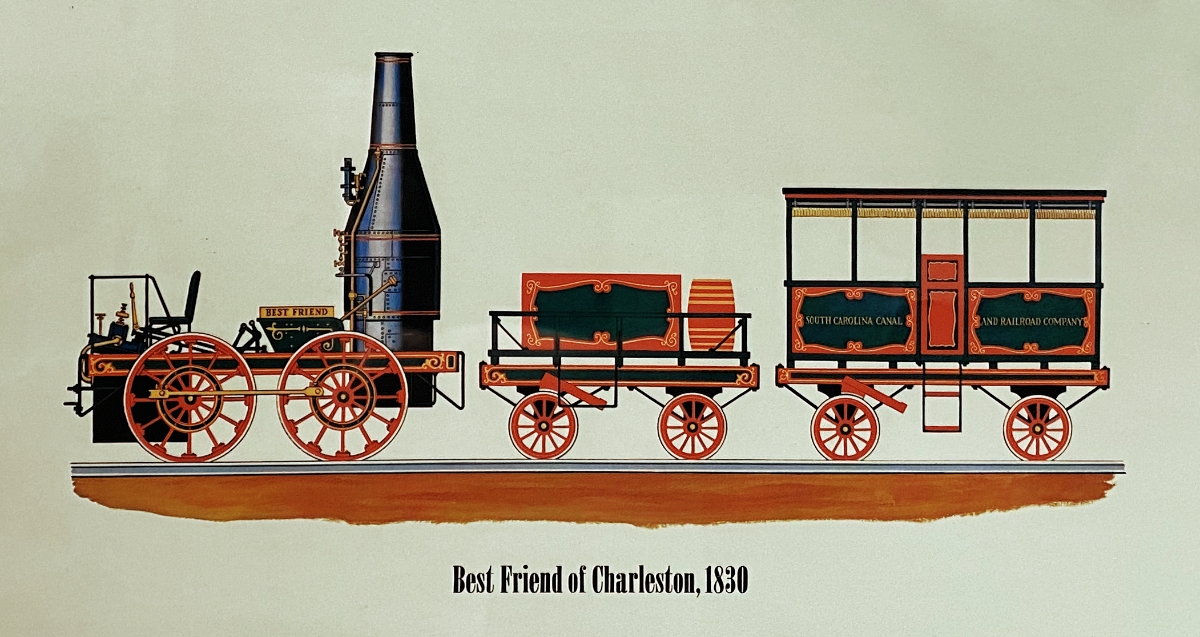
collection

 n the 1820’s, the bustling seaport of Charleston experienced an alarming economic recession as settlements expanded inland and westward. With the decrease in commerce, Charleston merchants began aggressively investigating avenues to revitalize the floundering economy. At this time, Europeans were just beginning to experiment with the concept of a “Rail Road;” a new means of transportation that employed a “locomotive” propelled along rails by steam power.
n the 1820’s, the bustling seaport of Charleston experienced an alarming economic recession as settlements expanded inland and westward. With the decrease in commerce, Charleston merchants began aggressively investigating avenues to revitalize the floundering economy. At this time, Europeans were just beginning to experiment with the concept of a “Rail Road;” a new means of transportation that employed a “locomotive” propelled along rails by steam power.
In 1827 Charleston merchants persuaded the state legislature to charter the “South Carolina Canal and Rail Road Company” to investigate the feasibility of a rail road system connecting Charleston with inland markets and a canal between the Ashley and Savannah Rivers to divert from the Savannah River to Charleston.
In 1830 the engine arrived by packet ship from the West Point Foundry in New York. It was assembled and tested. Dubbed “Best Friend of Charleston” by eager merchants, the train made its premier trip on Christmas Day 1830, becoming the first steam locomotive in the US to establish regularly scheduled passenger service. It ran along six miles of wood and metal rails terminating near the junction of State and Dorchester Roads.
 onstructed in 1928 using original plans, the Southern Railway built a replica of the famed "Best Friend of Charleston" steam engine — the first locomotive built in the United States for regular service — to commemorate the 100th anniversary of the South Carolina Canal & Railroad Company. The small engine and cars toured the Southern system from 1928 to 1986. Currently, the locomotive is on display at Norfolk Southern's headquarters in Atlanta, Ga, while the trailing cars are held at the South Carolina Railroad Museum.
onstructed in 1928 using original plans, the Southern Railway built a replica of the famed "Best Friend of Charleston" steam engine — the first locomotive built in the United States for regular service — to commemorate the 100th anniversary of the South Carolina Canal & Railroad Company. The small engine and cars toured the Southern system from 1928 to 1986. Currently, the locomotive is on display at Norfolk Southern's headquarters in Atlanta, Ga, while the trailing cars are held at the South Carolina Railroad Museum.

Hub City Railroad Museum / Nov 2024 / RWH
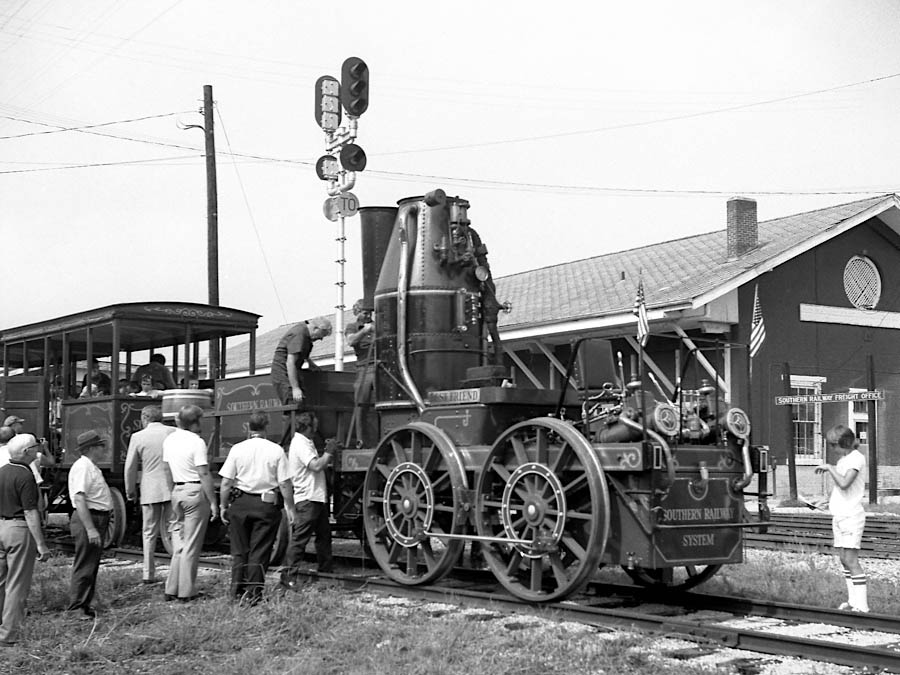
Huntsville, Al / Sep 1976 / JCH
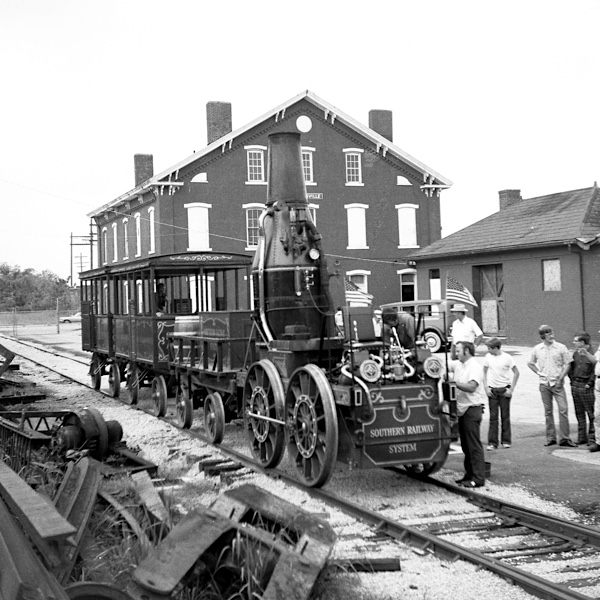
Huntsville, Al / Sep 1976 / JCH
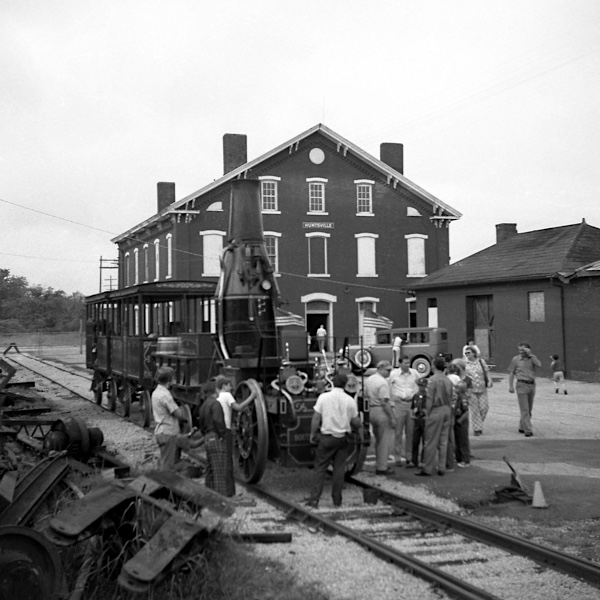
Huntsville, Al / Sep 1976 / JCH

Huntsville, Al / Sep 1976 / JCH
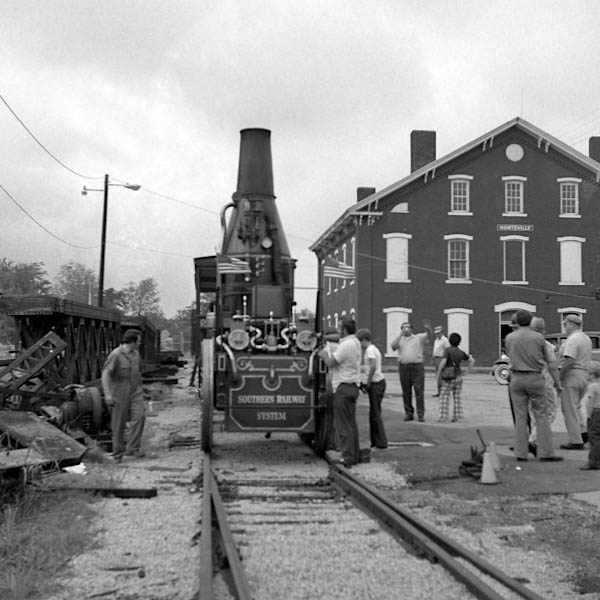
Huntsville, Al / Sep 1976 / JCH
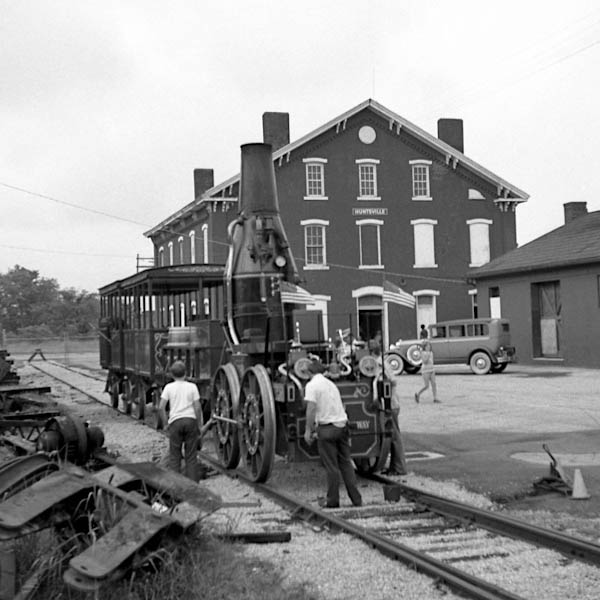
Huntsville, Al / Sep 1976 / JCH

from The Birmingham News
newspaper - Nov 1961 / collection


from Railroading
36 - Nov 1970 / collection
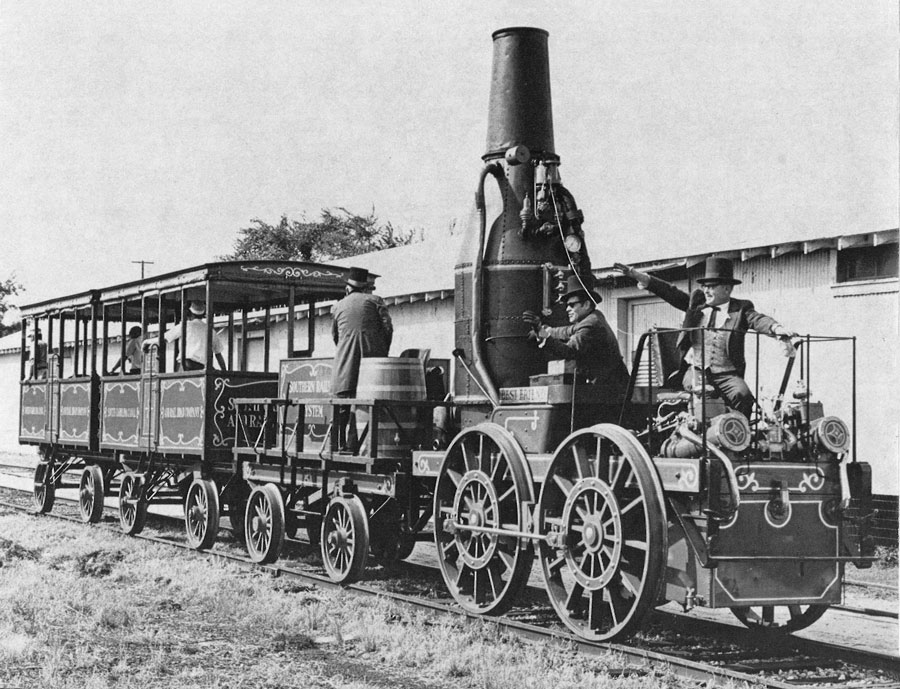
from Railroading
36 - Nov 1970 / collection

The curiosity of the [1970 NRHS] convention was the Southern's Best Friend replica, which ran for two days at Charleston, shuttling fans out to the edge of the city, where the other engines 630, 722, 4501, green-painted Hampton & Branchville 4-6-0 No. 44, and Cole D. Walters' 2-4-2 No. 1—were lined up under steam.
Fairfax Harrison caused the Best Friend replica to be built in 1928; in 1970 it has been making appearances throughout South Carolina in connection with the state's tricentennial. South Carolinians are excessively proud of having had the first American railroad of any length and the first locomotive to be used in revenue service. Color postcards of the Southern replica train have been on sale all over the state this year, and another working Best Friend has been built, by the Marion Machine Works of Marion, N. C., for a transportation museum at Santee called Wings and Wheels, where it pulls four cars around a mile loop and vies for attention with two Ford Tri-Motors.
The real Best Friend, destroyed six months after its debut, is American railroading's first and most famous boiler explosion, was survived by drawings -- from which today's replicas advisedly depart on several points: the original track, for example, was 5-foot gauge. The Best Friend of 1830 also had a porcupine boiler and burned wood. The boilers of the modern replicas retain the vertical shape, but with more suitable innards and contours. Southern's Best Friend burns coal, Wings and Wheels' is oil-fired, and both lean on the internal-combustion engine. A power unit in the tender provides the Southern replica with emergency chain-drive propulsion, while the replica at Santee has one to generate electricity and drive a blower. Both replicas have whistles -- unknown in 1830 and Santee's also has a bell.
Railroading #36 - Nov 1970
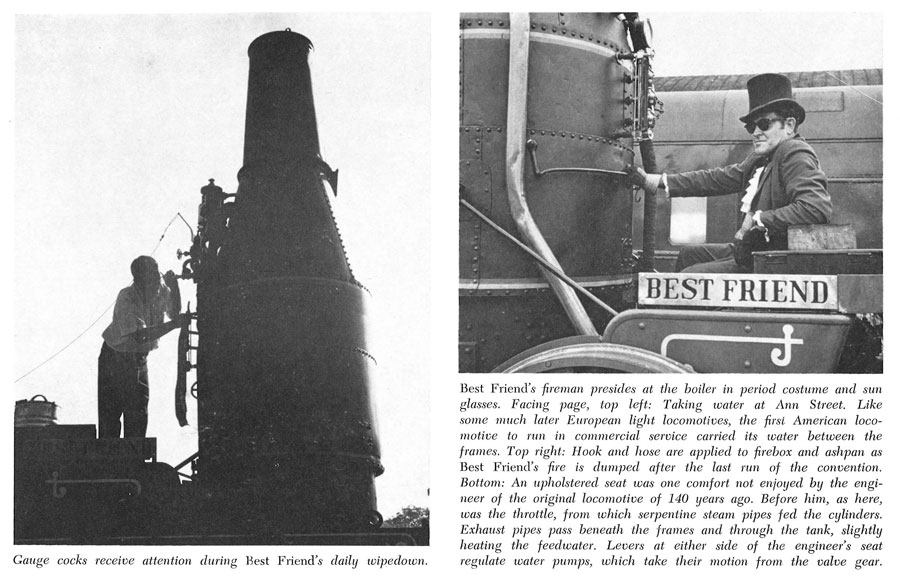
from Railroading
36 - Nov 1970 / collection
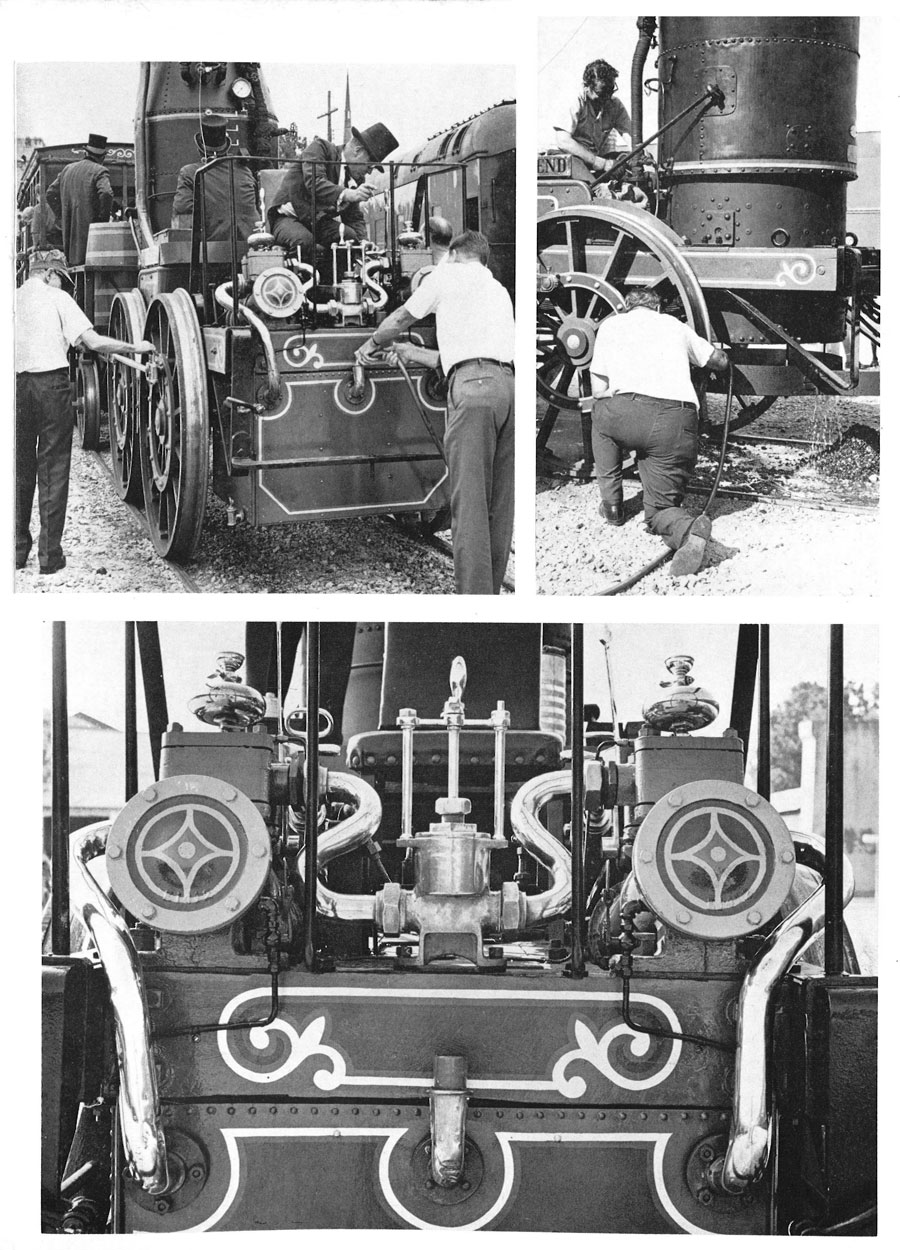
from Railroading
36 - Nov 1970 / collection

from Railroading
36 - Nov 1970 / collection

from TIES magazine
— May-Jun 2006 / collection

 In 1833 the world's longest railroad was completed linking Charleston to Hamburg, South Carolina, just across the Savannah River from Augusta. In 1833, responding to the perceived economic threat, the Georgia Legislature approved a bill incorporating the Georgia Railroad Company. This new company was tasked with building a route from Augusta west into the interior of the state by construction of a railroad. The company charter was accepted in 1834 and amended in 1835 to grant bank privileges. The new company name was the Georgia Railroad and Banking Company.
In 1833 the world's longest railroad was completed linking Charleston to Hamburg, South Carolina, just across the Savannah River from Augusta. In 1833, responding to the perceived economic threat, the Georgia Legislature approved a bill incorporating the Georgia Railroad Company. This new company was tasked with building a route from Augusta west into the interior of the state by construction of a railroad. The company charter was accepted in 1834 and amended in 1835 to grant bank privileges. The new company name was the Georgia Railroad and Banking Company.
This exhibit features artifacts and images from both the railroad and the banking operations of the most important company of Augusta and Georgia. Among the many artifacts chronicling the company's 153-year history are a locomotive bell, railroad maps, stock books and the mail contract with the Confederate government.

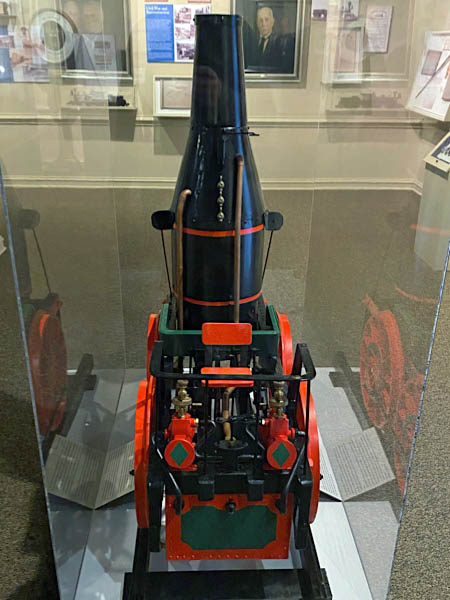


Augusta, Ga / Nov 2020 / RWH
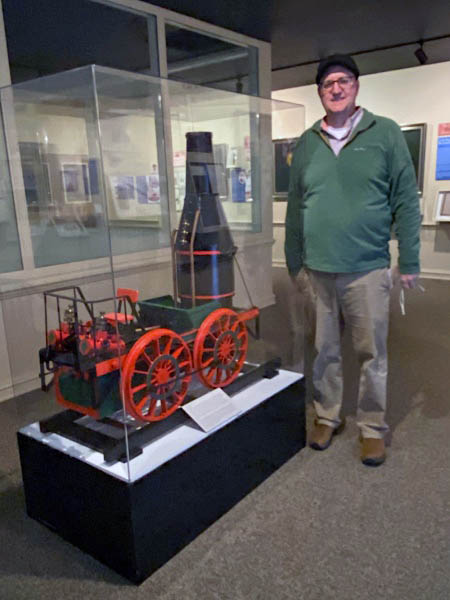
Augusta, Ga / Nov 2020 / Deb Tregaskis
Links / Sources
- Best Friend of Charleston website
- Wikipedia article on the "Best Friend of Charleston"
